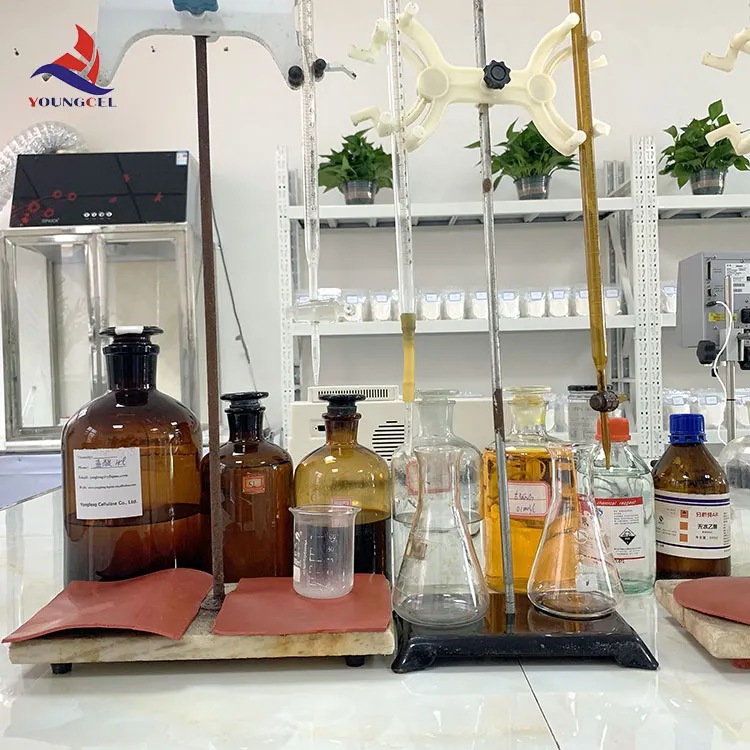Constructing HPMC An Overview of Hydroxypropyl Methylcellulose
Hydroxypropyl Methylcellulose (HPMC) is a versatile and widely utilized polymer in various industries, primarily known for its thickening, binding, and film-forming properties. Constructing HPMC involves a detailed understanding of its chemical composition, synthesis methods, and applications across diverse fields such as pharmaceuticals, food, cosmetics, and construction.
Constructing HPMC An Overview of Hydroxypropyl Methylcellulose
In the pharmaceutical industry, HPMC serves as a crucial excipient in drug formulations. Its ability to form gels and controlled-release matrices makes it an ideal candidate for developing sustained-release dosage forms. Moreover, HPMC is commonly used as a binding agent in tablet formulations, ensuring the uniform distribution of active ingredients and enhancing the stability of the final product.
construct hpmc

In the food industry, HPMC is classified as a food additive, providing thickening and emulsifying properties. It is commonly found in products like sauces, dressings, and ice creams, contributing to texture and viscosity without adding caloric content. Its role as a fat replacer in low-fat food formulations is particularly noteworthy, as it enables a creamy mouthfeel while reducing overall fat content.
HPMC's applications extend to cosmetics and personal care products as well. It is used as a thickener and stabilizer in creams, lotions, and shampoos, helping to improve product consistency and enhancing user experience. Furthermore, its film-forming ability allows for the creation of protective coatings in various cosmetic formulations.
In the construction industry, HPMC is an essential additive in cement, mortar, and tile adhesives. It improves workability, enhances water retention, and extends open time, allowing for better application and adhesion to surfaces.
In conclusion, constructing HPMC involves a sophisticated blend of chemistry and application knowledge. Its multifunctional properties make it indispensable across various sectors, contributing to advancements in product development and formulation technologies. As research into cellulose derivatives continues, the potential applications of HPMC are likely to expand, further solidifying its status as a crucial material in modern industry.
-
Rdp Powder: Key Considerations for Wholesalers in the Building Materials IndustryNewsJul.08,2025
-
Key Considerations for Wholesalers: Navigating the World of Hpmc - Based ProductsNewsJul.08,2025
-
Hpmc Detergent: Key Considerations for WholesalersNewsJul.08,2025
-
Key Considerations for Wholesalers: China Hpmc For Tile Adhesive, Coating Additives, Concrete Additives, and MoreNewsJul.08,2025
-
Crucial Considerations for Wholesalers: Navigating the World of Construction MaterialsNewsJul.08,2025
-
Key Considerations for Wholesalers Sourcing Additive For Cement, Additive For Concrete, Additive For Putty from Additive Manufacturer Shijiazhuang Gaocheng District Yongfeng Cellulose Co., Ltd.NewsJul.08,2025




